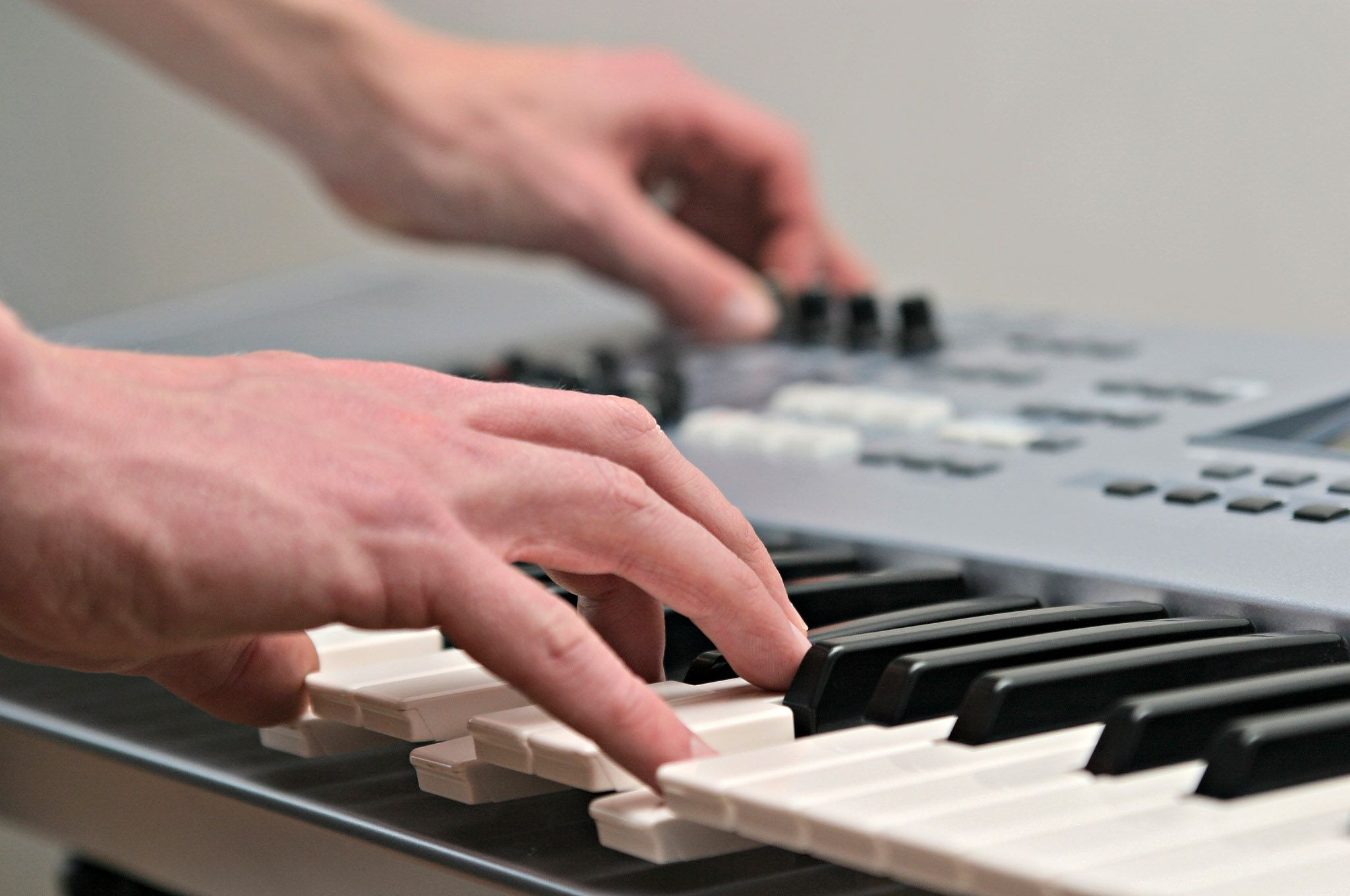

If the sound source has the ability to generate audio that is wider than the space between your ears, it's worth the effort to try to record in stereo, but the mic'ing technique will matter for phase issues. This is my rule of thumb, not something I read as a general practice. Loaded with illustrations and featuring sidebars with details on selected subjects for those who want to know “why” as well as “how,” How to Record and Mix Great Vocals is the key to transforming raw vocals into satisfying, emotional experiences.Here's a little rule of thumb that seems to work well for any 'record in mono or stereo'? I probably shouldn't call it a rule of thumb because that implies that it's generally accepted. Topics include connecting with listeners, conveying a singer’s personality, creating “emotional dynamic range,” and knowing when a take is the right take. This book goes beyond technology, providing valuable tips and techniques to help you obtain the best vocal performances.

Readers can choose individual books to increase their knowledge in specific areas, or treat the series as a complete course and cover selected topics at their own pace. Titles include How to Choose and Use Audio Interfaces, How to Apply Equalization, How to Record and Mix Great Vocals, and more. Each book in the series focuses with laser-like precision on a particular topic. The book series Musician’s Guide to Home Recording takes a clear, practical approach to today’s world of computer-based recording.


 0 kommentar(er)
0 kommentar(er)
